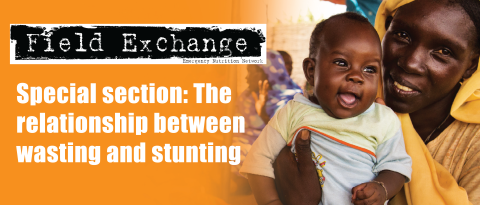False banana: the potential of Ethiopia's enset to address food insecurity in the face of climate change?
This is a summary of the following paper: O Koch et al (2022) Modelling potential range expansion of an underutilised food security crop in sub-Saharan Africa. Environ. Res. Lett. 17 014022 https://iopscience.iop.org/article/10.1088/1748-9326/ac40b2
Despite substantial growth in global agricultural production, food and nutrition security is rising in sub-Saharan Africa. Current efforts to address food security through agricultural policies tend to emphasise increased productivity via inputs and technology. The adaptation of agricultural systems to support the diversification and resilience of global agrisystems under climate change, such as the identification of underutilised indigenous crops, may be a complementary strategy.
This research explores the potential to expand the range of cultivation of enset (Ensete ventricosum), a non-irrigated perennial banana relative. Despite high productivity and harvest flexibility, enset cultivation and consumption is restricted to southwestern Ethiopia where it provides a starch staple for around 20 million people. To predict the potential broader range for enset cultivation within southern and eastern Africa, the authors identify both bioclimatic suitability and communities in which enset expansion may be appropriate, looking both at the present and future bioclimatic distribution in which cultivation is viable, and the socioeconomic context in which adoption is feasible.
The study finds contemporary bioclimatic suitability for a 12-fold range expansion, equating to 21.9% of crop land and 28.4% of the population in the region. The integration of crop wild relative diversity, which has broader climate tolerance, could enable a 19-fold expansion, particularly to dryer and warmer regions.
While climate change may cause a 37%–52% reduction in the potential range by 2070, the authors identify an additional current population of 12.8 to19 million Ethiopians for whom enset cultivation may address food and nutritional insecurity outside its current cultivation area. More broadly across East and Southern Africa, they identify 47 to 70.3 million people living in high priority areas – southern Uganda, eastern Kenya and western Rwanda. When incorporating the genetic potential of wild enset populations, they find cultivation might prove feasible for an additional 87.2 to111.5 million people, 27.7 to 33 million of whom are in Ethiopia outside of enset’s current cultivation range.
Local dietary preferences, culture, aspirations and livelihood systems are important factors determining the uptake of enset agriculture beyond its current range. As a perennial starch crop and with a fermented main food product, adaptation barriers for enset are expected to be smaller for communities that already cultivate perennial crops or use fermentation practices as part of their food culture. An example is the fermented products of cassava that are consumed in multiple countries, such as Uganda, Kenya and Tanzania, with projected suitability for enset cultivation.


